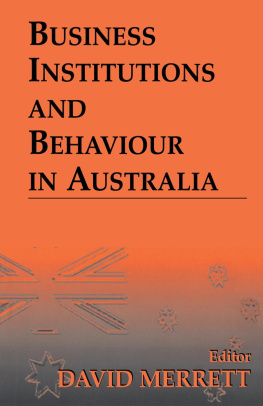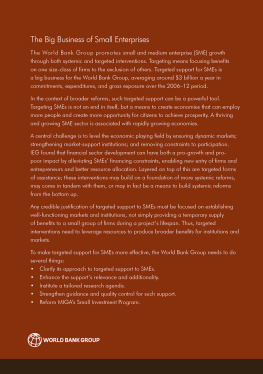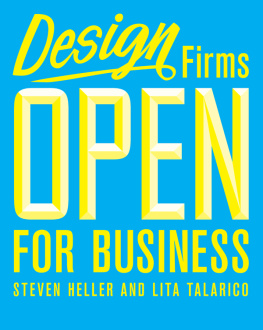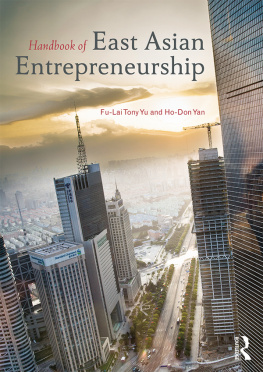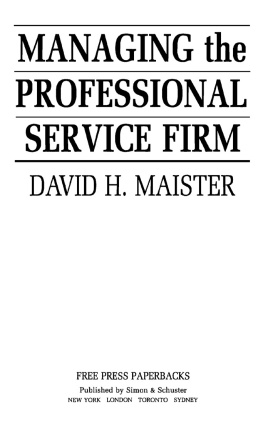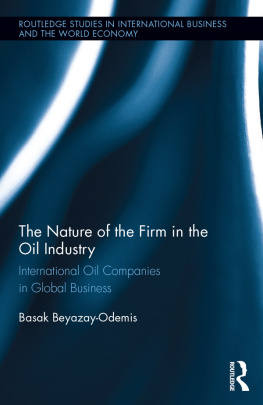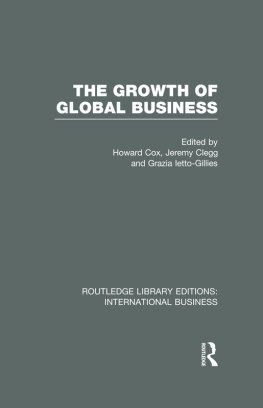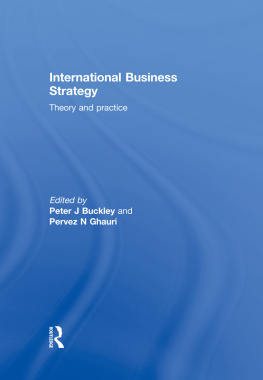BUSINESS INSTITUTIONS AND BEHAVIOUR IN AUSTRALIA
Books of related interest
The Emergence of Modern Retailing, 17501950
Edited by Nicholas Alexander and Gary Akehurst
Institutions and the Evolution of Modern Business
Edited by Mark Casson and Mary B. Rose
The Origins of Japanese Industrial Power
Edited by Etsuo Abe and Robert Fitzgerald
The Making of Global Enterprise
Edited by Geoffrey Jones
Banks, Networks and Small Firm Finance
Edited by Andrew Godley and Duncan M. Ross
Nordic Business in the Long View:
On Control and Strategy in Structural Change
Edited by Kersti Ullenhag
Organisational Capability and Competitive Advantage
Edited by Charles Harvey and Geoffrey Jones
Business Institutions and Behaviour in Australia
edited by
DAVID MERRETT
First published in 2000 by
FRANK CASS AND COMPANY LIMITED
Published 2013 by Routledge
2 Park Square, Milton Park, Abingdon, Oxon OX14 4RN
711 Third Avenue, New York, NY, 10017, USA
Routledge is an imprint of the Taylor & Francis Group, an informa business
Copyright 2000 Frank Cass & Co. Ltd
British Library Cataloguing in Publication Data
Business institutions and behaviour in Australia
1. Business enterprises Australia 2. Organizational behavior Australia
I. Merrett, D. T. (David T.)
338.70994
Library of Congress Cataloging-in-Publication Data
Business institutions and behaviour in Australia / edited by David Merrett.
p. cm.
This group of studies first appeared in a special issue of Business history vol. 42, no.3 (July 2000) T.P. verso.
Includes index.
1. Corporations Australia. 2. Business enterprises Australia. 3. Industries Australia. 4. Corporate culture Australia.
I. Merrett, David, 1944
HD2930 .B87 2000
338.70994dc21
99-087143
ISBN 13: 978-0-714-64994-8 (hbk)
ISBN 13: 978-0-714-68055-2 (pbk)
This group of studies first appeared in a Special Issue of Business History (ISSN 0007-6791), Vol.42, No.3 (July 2000), [Business Institutions and Behaviour in Australia].
All rights reserved. No part of this publication may be reproduced, stored in a retrieval system, or transmitted in any form, or by any means, electronic, mechanical, photocopying, recording or otherwise without the prior written permission of the publisher.
Contents
D.T. MERRETT
SIMON VILLE and D.T. MERRETT
GRANT FLEMING
PETER BURN
HELEN FOUNTAIN
DIANE HUTCHINSON
D.T. MERRETT and ANDREW SELTZER
D.T. MERRETT
University of Melbourne
Business history has been an underdeveloped area in Australian economic historiography. It was virtually non-existent before the end of the nineteenth century, except as a broken thread in autobiography. The public celebrations of the centenary of European settlement in 1888 and the formation of the Commonwealth of Australia in 1901 brought forth the first collections of business histories. The multi-volumed commemorative encyclopaedias were replete with stories of glorious achievements in business that had been won in the face of adversity. These personalised chronicles, based on information given by their subjects who paid for the privilege of appearing, were fortunately complemented by another source of information about businesses that were directed towards a new audience, the investor. The growing number of companies whose shares were sold to the public provided information about their activities in compliance with the regulations of stock exchanges and company law. The annual publication of the financial accounts and chairmans address of about a thousand-odd firms provided grist to the mills of the likes of the financial journalist R.L. Nash, whose irregular series entitled The Australasian Joint Stock Companies Year Book1 appeared between 1898 and 1914, and Alexander Jobson whose Investment Digest,2 and The Digest Year Book of Public Companies,3 began in 1920. By the 1930s leading stockbrokers compiled company histories that were made available to their private clients. Imitators of these pioneering works have continued to the present day.
This growing body of information about individual firms and the composition of their directorates was seized upon by critics of business, whose work was heavily influenced by British and United States precedents, who used the material to expose the growth of trusts, the incidence of monopolies, and the extent of foreign ownership of Australian companies. For the most part, theirs was a reaction to the emergence of big business. H.L. Wilkinsons The Trust Movement in Australia4 was one of the earliest critiques of the behaviour of Australian business people. A group of pamphleteers, some of whom were affiliated with the Communist Party of Australia, carried the story of monopoly and foreign ownership forward with great vigour from the 1930s until the 1960s. The polemic style of much of this early work was balanced by the careful scholarship of E.L. Wheelwright in his Ownership and Control of Australian Companies5 and later work with Judith Miskelly, Anatomy of Australian Manufacturing Industry.6 Wheelwrights pioneering work on these issues was carried forward by Hilda Rolfe7 and Michael Lawriwsky.8 This strand of scholarship continued to focus on the high levels of seller concentration, high levels of foreign ownership and the separation of ownership and control.
Histories of individual businesses began to appear in increasing numbers after World War I. Nearly all of these were privately published, brief and little more than an uncritical memorial to their founders. Their production was usually prompted by the passing of some milestone such as the death of the founder or a jubilee of 25, 50, 75 or even 100 years of existence. Some nuggets were to be found amongst the dross. Roy Bridges fine study, From Silver to Steel: The Romance of the Broken Hill Proprietary9 was the first of the many books written about Australias largest and most famous resources company. Its narrative drew heavily on company records, including numerous statistics. Another work of note was George Taylors book chronicling the rise of a local confectionery giant, MacRobertsons.10 It goes well beyond extolling the virtues of the owner to explain the success of this vast business enterprise. The author identified the roles played by technology, vertical integration, marketing, labour management and organisation building in the broadest sense.
The character of Australian business history changed significantly in the 1950s and 1960s as professional historians began to write more substantial histories, many of which were commissioned by the countrys leading companies. The standard of these works lifted the genre to a new plane. Geoffrey Blainey, who held chairs in economic history and subsequently history at the University of Melbourne, used his brilliant story-telling approach to make business history accessible and popular. Since the mid-1950s he has written a string of best-selling histories of mining companies, engineering firms, financial institutions and biographies of leading businessmen. Many of them were commissioned by the firms in question.11 Other academic historians, notably S.J. Butlin12 and Alan Barnard,13 made a similarly decisive contribution in the 1950s and early 1960s by raising the standard of business history through their studies of banking and the pastoral industry, respectively. Business history had begun to reach a far wider audience.

